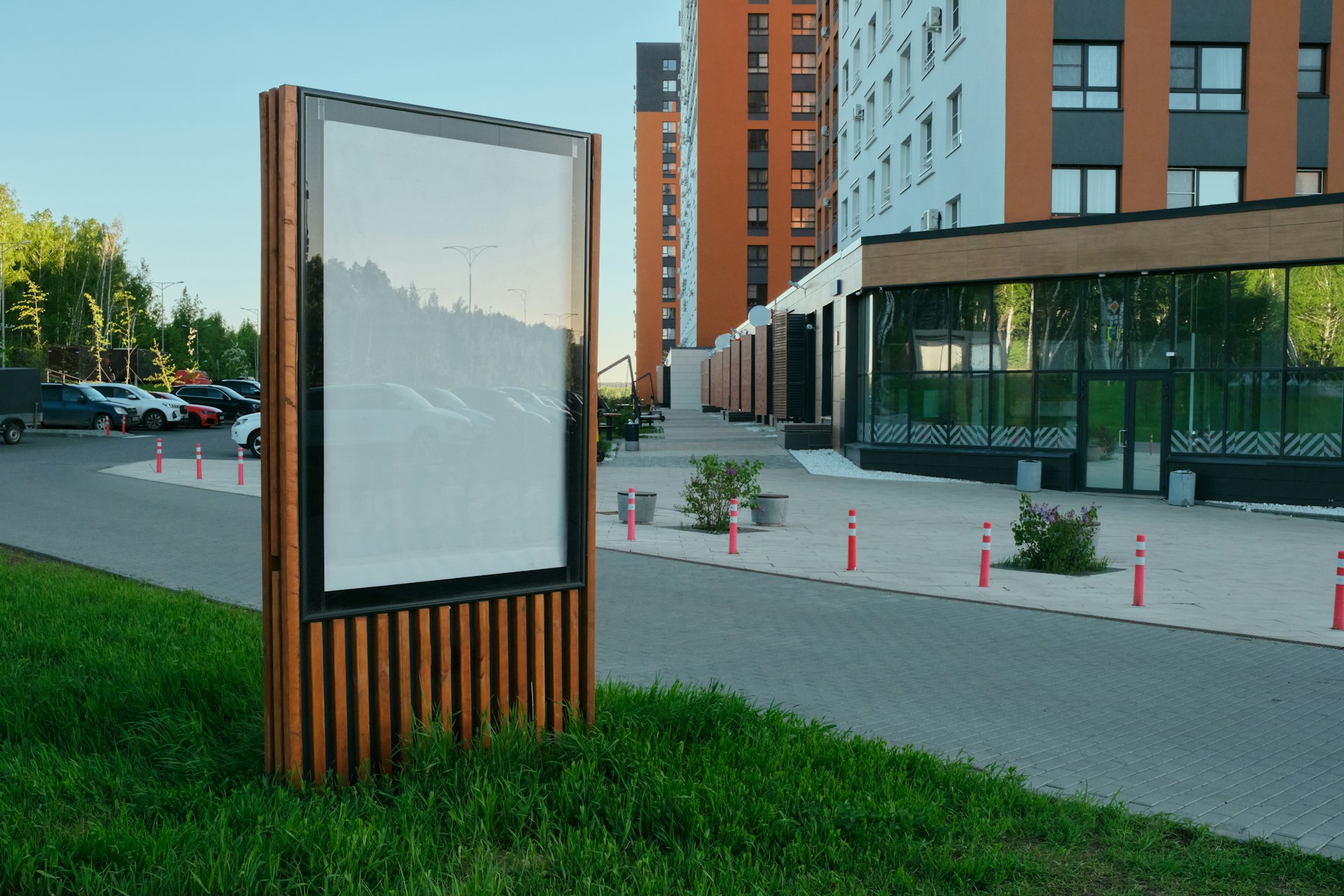Truck wraps are more than just paint alternatives. They’re often the first thing people notice when your vehicle is out on the road. Whether you’re driving across the country or making local deliveries, your wrap tells a visual story about your brand. So when the colors begin to fade or lose their punch, it’s not just a cosmetic problem. It can affect how your business is perceived. A dull or patchy wrap might lead folks to assume the same about the service behind it.
Color fading is a common issue, especially with trucks that are constantly exposed to the outdoors. You may start to notice that your once-bold design looks weaker or uneven. This can happen over time or suddenly depending on the environment and materials used. Understanding the reasons behind it can help you take action sooner and avoid bigger problems down the road.
Causes Of Color Fading In Custom Vehicle Graphics
Wraps are exposed to a lot out on the road, and every bit of wear and tear leaves a mark. The ones that fade faster usually do so for one or more of the reasons below. Knowing what’s behind the fading can help you keep your wrap in better shape longer.
1. Exposure to Sunlight
The biggest reason wraps lose color is sunlight, especially ultraviolet (UV) rays. UV exposure slowly breaks down the inks and vinyl pigments, which leads to dullness. Trucks parked outside all day, every day, will show signs of wear sooner than those kept under cover. Even light-colored wraps can show damage from sun exposure, just more subtly.
2. Weather Conditions
Rain, snow, and ice can also take a toll. Wraps exposed to constant changes in moisture, especially with heat or freezing temps, are more likely to peel and fade. Seasonal conditions like salt on winter roads or hot, dry summers speed up damage, especially if the surface isn’t cleaned often.
3. Poor Quality Materials
Not all wraps are created equal. Low-grade vinyl or inks without UV resistance don’t have the strength to hold up over time. These materials are cheaper but are more likely to show discoloration early. Choosing the wrong finish or skipping lamination can also make wraps more vulnerable from day one.
4. Improper Maintenance
How you care for your wrap matters just as much as where you take it. Using strong chemicals or power washers too often can strip away coatings and inks. On the flip side, letting dirt and grime build up without regular washing can trap moisture and speed up decay. It doesn’t take long for those signs to show if the wrap isn’t cleaned properly or often enough.
Sometimes, you don’t notice these things right away. One summer afternoon, a driver might glance at the rear of their box truck and realize the bright logo looks faded compared to what’s on the side. That kind of uneven wear tells you that either the materials weren’t up to the job or conditions were tougher than expected.
Signs Your Truck Wrap Is Losing Its Color
If you know what to look for, you can tell when a wrap is aging well or when it needs some help. Here are some of the most noticeable warning signs:
– Fading colors: The most common sign. Reds might look pink, blacks start appearing gray, or once-vibrant greens now look washed out. This happens when the pigments weaken and lose their punch.
– Peeling or bubbling: These aren’t strictly about color but tell you the wrap is breaking down. Areas that lift can collect dirt and water, which often spreads fading in those spots.
– Discoloration or uneven tones: You may see patches where the color looks dull, cloudy, or blotchy. This usually means moisture has made its way under the surface or the coating has broken down at different rates.
Catching these early gives you more options. Replacing a single panel or repairing a section is more cost-effective than a full wrap redo. Keep an eye on the spots that face the sun or are often scraped and bumped. These areas fail the fastest.
Preventing Color Loss
Once your wrap is showing signs of fading, there’s no way to restore the original color fully without expert help. But you can take some real steps right away to stop further damage and delay the wear on your next wrap.
Start by using quality materials. Not all custom vehicle graphics are printed with long-term protection in mind. Choose premium vinyl and inks that are designed to resist UV light, heat, and moisture. You’ll want a laminate added too, which acts as a clear shield against rough weather and road grime.
Proper installation goes a long way. Even the best materials won’t hold up if the surface isn’t clean, the tension’s wrong, or the edges aren’t sealed. Air bubbles, bad trimming, and poor temperature control in the install space can cause early lifting. Work with installers who know your vehicle type and follow the right prep steps.
Care after installation matters just as much. Build a routine around these tips:
– Hand wash the truck regularly using a soft cloth and gentle soap
– Stay away from strong cleaners, stiff brushes, or automatic car washes with spinning brushes
– Dry wraps with clean microfiber towels to prevent water spots
– Park the truck under cover or inside if possible
– Use a spray sealant or vinyl-safe wax to give added weather defense
Think of the wrap like the paint on a classic car. More care equals longer life and fewer problems.
Steps To Take If Your Wrap Fades
Sometimes, no amount of care can stop the natural wear caused by time or rough conditions. If your wrap’s already showing fading or other damage, waiting it out usually makes things worse.
Start by getting a clear idea of what’s left of the wrap. Is it just one panel that looks off? If so, a patch or section replacement could be all that’s needed. But if your whole graphic looks dull or multiple panels are bubbling or peeling, a full replacement might be the better long-term fix.
Next, get in touch with a professional. Once a wrap starts to lose its surface strength, you’re not just looking at cosmetic issues. The vinyl can stop protecting the surface underneath, which may lead to paint damage. A trained wrap installer can evaluate the damage level, offer suggestions, and recommend better-suited materials for your location and use case.
A repair or rewrap usually involves:
1. A full visual inspection to check problem areas
2. Removing either damaged sections or the whole wrap
3. Prepping the vehicle surface so the new wrap sticks properly
4. Installing a fresh wrap using durable, long-life vinyl and inks
5. Offering care recommendations and a custom protection plan
For trucking businesses that operate a fleet, regular inspections are worth scheduling. They help you catch wear early, cut long-term costs, and make sure your brand still looks great out on the road.
Keep Your Truck Graphics Looking Fresh with Hyperformance Graphics
Your custom truck wrap does more than turn heads. It tells people who you are before they even walk through the door. Keeping that message clear means staying ahead of the wear that time, sun, road salts, and weather can cause.
Choosing the right materials, making sure installation is done right, and following a smart care routine can keep your graphics in great shape for years. If fading has already started, don’t let it worsen. From checking damage to recommending a fix, working with experts gives your wrap the second life it needs.
At Hyperformance Graphics, we’re here to help every mile of the way. From design to repair and maintenance plans, we work with businesses that rely on their trucks to represent their brand in the best light. Whether you’re dealing with fading issues now or planning your next fleet wrap project, we’re ready to help you keep things looking sharp.
Thinking about sprucing up your truck’s visual punch? Custom vehicle graphics could be your answer. They’re not only about looks—they safeguard your business’s message as well. At Hyperformance Graphics, we provide high-quality solutions to keep those graphics looking sharp and new. Browse our selection of custom vehicle graphics to find the perfect fit for your fleet. Your trucks deserve nothing but the best!



